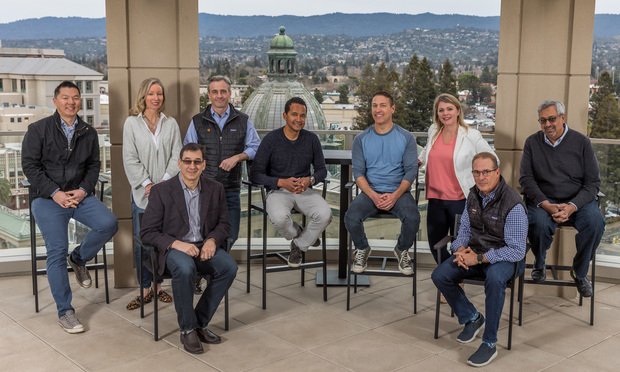Late in 2009, the Bernalillo County, NM commission adopted the Bernalillo County-International Sunport Station Area Plan, which called for the transformation of an area around the Rio Bravo/Second Street station into a mixed-use development containing retail, residential and housing projects. No blueprints have been drawn up and no funds allocated to this as yet.
However, Eric Dohrer and Tom Brink with RTLK Associates Inc. tell GlobeSt.com they aren't surprised at the development. Transit lines being developed in the southwest, such as the Rail Runner and the Phoenix light rail in Arizona, are coming online with the idea that, at some point, some developer is going to want to put a mixed-use project on land surrounding the stations.
"This is an interesting development and an evolution we've seen in the southwest with regards to how the transit lines are actually implemented," says Dohrer, an RTKL principal. A decade or two ago, he points out, planning for transit involved a route, stations and accommodating parking. "But now agencies are understanding the value of having people live, work and shop near the station," Dohrer remarks. "They're planning not only routes and stations, but are also planning where and how these transit-oriented development sites can occur in tandem."
The goal of any transit-oriented development, RTKL vice president Brink comments, is to create a lot of density, diversity and design around the nodes, or train stations. But this is a difficult concept, at times, to get across to city and town zoning boards, which are used to residential and retail structures that are maybe three or four stories tall. "You can't just jump from an environment of three or four stories tall to one that is 20 stories or taller," he adds. "That's the challenge when it comes to density."
The good news, however, is that city planners are starting to understand that density is critical for the successful functioning of transit oriented developments. "We're seeing a lot more flexibility on this issue with decision-makers in government regarding density than we did, say, a decade ago," Dohrer remarks.
But there is another issue peculiar to the Rail Runner that its light rail counterparts in Phoenix and Dallas aren't facing. "Heavy rail has a lot more noise issues, the frequency and regularity of the trains coming through is different, and the area between the stations is different," Dohrer explains. "In this way, developers along this route are going to have to take those differences into account."
Still, Dohrer and Brink are confident that development will eventually integrate into rail transportation nodes, even in the car-dependent southwest. Brink says the movement toward acceptance of transportation oriented developments is long term, but it will happen. "We're at the beginning of the process," he adds, "but in place like Phoenix, Houston and even Denver, that'll be inevitable."
© Touchpoint Markets, All Rights Reserved. Request academic re-use from www.copyright.com. All other uses, submit a request to [email protected]. For more inforrmation visit Asset & Logo Licensing.






